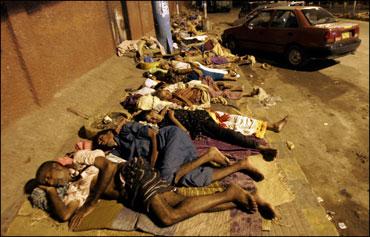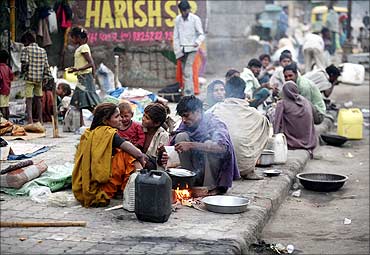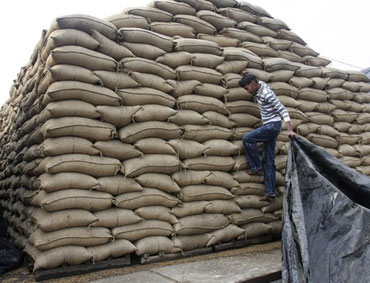
South Asia needs to add between 1 million and 1.2 million additional jobs every month for the next 20 years to sustain growth and reduce poverty in the region, a World Bank report said on Thursday.
The report, 'More and Better Jobs in South Asia', released on Thursday said the required new jobs will be equivalent to about 40 per cent of the increase in the global labour force during the period.
"Reforms will have to be accelerated if the region is going to meet the challenge of providing better jobs for them," the report said.
. . .

"The key asset to South Asia is its people. South Asia has a young population and the second lowest female participation rate in the labour force (in the world).
"The demographic transition will result in more than 350 million people entering the working age population over the next two decades," said World Bank South Asia Vice-President Isabel Guerrero.
"Creating jobs for them will contribute to growth, equity and peace in the region," he said.
Noting that South Asia created nearly 800,000 jobs per month between 2000 and 2010, it said despite growth, the region is still home to most of the world's half-a-billion poor people.
. . .

Since labour is the primary tool to alleviate the poor, having more and better jobs is the key employment challenge facing the region, it said.
"The number of additions to the labour market over the next few decades will result in a 25 50 per cent increase over the historical average," said Pablo Gottret, the co-author of the report.
"Going forward, the region faces an enormous employment challenge, but its demography can help if countries choose to reform," it said.
. . .

Kalpana Kochhar, the World Bank's Chief Economist for the South Asia region, said there has not been much change in the composition of employment, that is between casual labourers, the self-employed and regular and salaried wage earners, but there has been an increase in real wages and poverty reduction within these categories over the years.
"However, the share of wage employment and high-end self-employment are stagnant," it said.
. . .

Additionally, South Asia has some of the highest rates of malnutrition in the world, as well as high levels of anaemia and iodine deficiency.
The malnutrition rate in South Asia is even higher even than in sub-Saharan Africa.
Poor nutrition results in lower productivity of the labour force, the report said.
"Despite significant progress in recent years, the contrast between increasing demand for higher levels of education and the educational attainment of the labour force could not be starker. Education reform is key," said Reema Nayar, the co-author of the report.